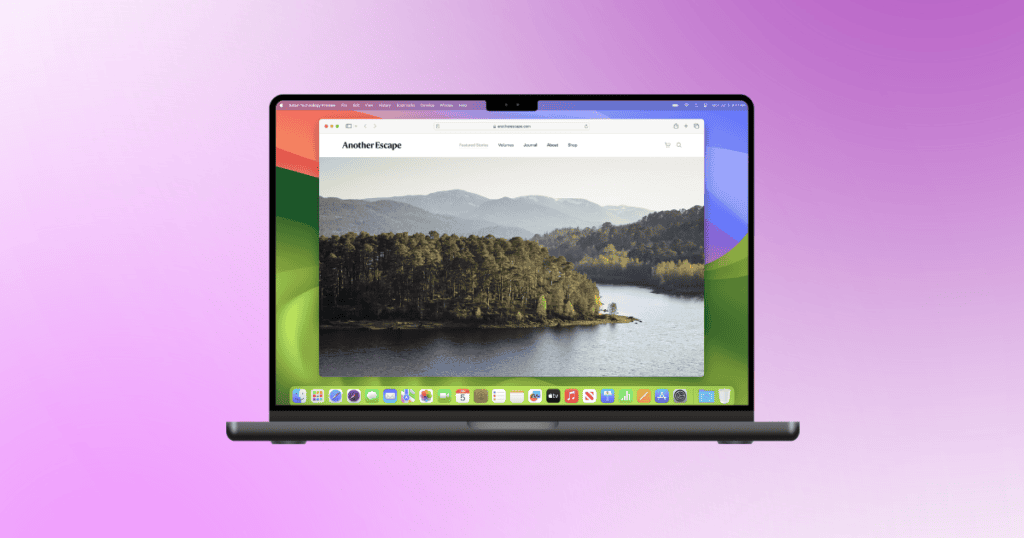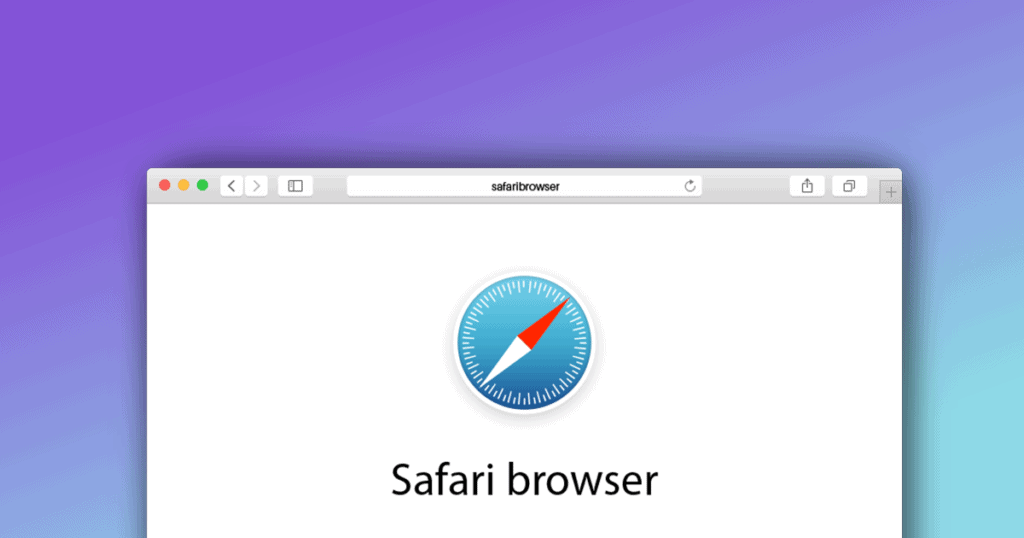In the ever-evolving landscape of web browsers, Apple’s Safari Technology Preview stands out as a unique offering designed specifically for developers and tech enthusiasts. Launched in March 2016, this experimental version of Safari allows users to test and provide feedback on upcoming features and technologies that Apple plans to integrate into future versions of its flagship browser. In this blog post, we will delve into the key aspects of Safari Technology Preview, its significance for developers, and the latest updates that have been rolled out.
What is Safari Technology Preview?
Safari Technology Preview is an experimental browser that runs alongside the standard Safari application on macOS. It is designed to give developers early access to new features and improvements, enabling them to test their websites and applications against the latest web standards and technologies. Unlike the regular Safari browser, which is more stable and geared towards general users, Safari Technology Preview is a testing ground for innovations that may eventually make their way into the mainstream version.
One of the most appealing aspects of Safari Technology Preview is that it does not require a developer account to download. This accessibility encourages a broader range of users, including web developers, designers, and even curious tech enthusiasts, to engage with the latest web technologies.
The Purpose Behind Safari Technology Preview
Apple’s primary goal with Safari Technology Preview is to gather feedback from developers and users. By allowing them to experiment with new features, Apple can identify potential issues and gather insights that can help refine the browser before its official release. This collaborative approach not only enhances the quality of the final product but also fosters a sense of community among developers who can share their experiences and suggestions.
Key Features and Updates
Since its inception, Safari Technology Preview has undergone numerous updates, each bringing a host of bug fixes, performance improvements, and new features. Here are some notable updates and their implications:
1. Performance Improvements
Regular updates to Safari Technology Preview often include performance enhancements. For instance, the latest version, Safari Technology Preview 208, introduced optimizations for CSS, JavaScript, and rendering. These improvements are crucial for developers who need to ensure that their websites perform well across different browsers and devices.
2. Support for New Web Standards
With each update, Safari Technology Preview incorporates support for emerging web standards. This includes advancements in CSS, HTML, and JavaScript, which are essential for creating modern, responsive web applications. Developers can test these features in a controlled environment, ensuring that their projects are future-proof and compatible with the latest technologies.
3. Bug Fixes and Stability Enhancements
Each release of Safari Technology Preview also addresses bugs and stability issues identified in previous versions. For example, updates have included fixes for rendering issues, JavaScript performance, and security vulnerabilities. This focus on stability is vital for developers who rely on a consistent testing environment.
4. Web API Enhancements
Safari Technology Preview frequently updates its support for various Web APIs, which are essential for building interactive web applications. Recent updates have included improvements to WebRTC, WebGL, and other APIs that enhance multimedia capabilities and real-time communication features. Developers can experiment with these APIs to create richer user experiences.
5. Accessibility Features
Apple has made significant strides in improving accessibility within Safari Technology Preview. Updates have included enhancements for screen readers and other assistive technologies, ensuring that web applications are usable by everyone, regardless of their abilities. This commitment to accessibility is a crucial consideration for developers aiming to create inclusive web experiences.
Engaging with the Developer Community
One of the most valuable aspects of Safari Technology Preview is the opportunity it provides for developers to engage with one another and with Apple. The feedback loop established through this experimental browser allows developers to voice their opinions on new features, report bugs, and suggest improvements. This collaborative environment fosters innovation and helps Apple prioritize the most impactful changes.
Real-World Applications
To illustrate the practical implications of Safari Technology Preview, consider a web developer working on a new e-commerce platform. By utilizing Safari Technology Preview, they can test the latest CSS features to create a visually appealing layout, ensure that JavaScript functions smoothly for interactive elements, and verify that the site is accessible to all users. This proactive approach not only enhances the quality of their work but also positions them ahead of the competition.
MacReview Verdict
Safari Technology Preview serves as a vital tool for developers looking to stay ahead in the fast-paced world of web development. By providing early access to new features, performance improvements, and bug fixes, Apple empowers developers to create high-quality, future-ready web applications. The collaborative nature of this experimental browser fosters a sense of community and innovation, making it an essential resource for anyone involved in web development.
As we look to the future, it will be exciting to see how the insights gathered from Safari Technology Preview shape the next iterations of Safari and influence the broader web ecosystem. For developers, engaging with this experimental platform is not just about testing new features; it’s about being part of a larger conversation that drives the evolution of web technologies. Whether you’re a seasoned developer or just starting, Safari Technology Preview offers a unique opportunity to explore, experiment, and innovate in the world of web development.ShareRegenerateCopyDeleteEditHide Content




